America’s Coast Guard Faces Impossible Odds Without More Funding
by John Konrad (gCaptain) United States Coast Guard operations have never been more crucial. Ninety percent of global trade moves by sea, and more than twenty percent of the world’s...
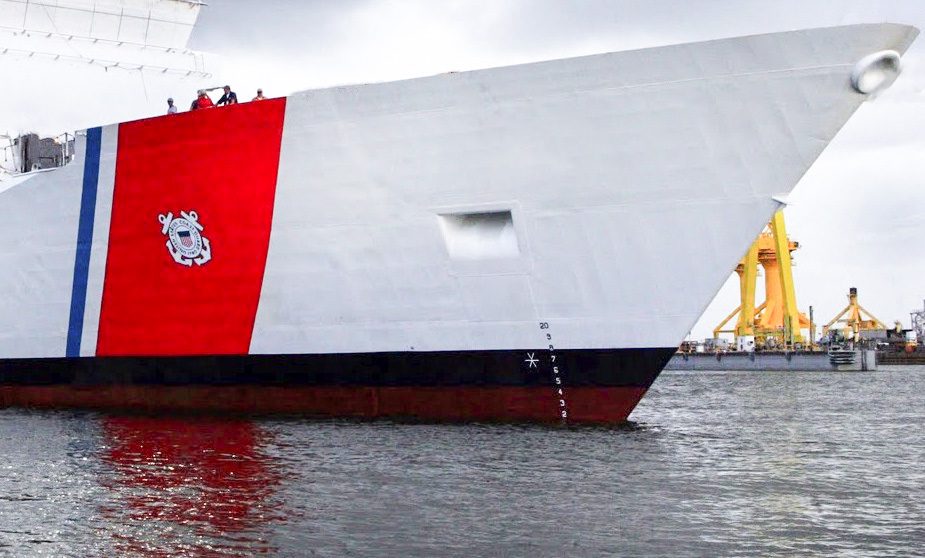

Racing Stripe on the bow of the USCGC STRATTON
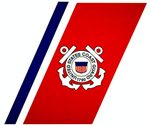

by Diana Honings – In the modern history of the United States Coast Guard, there has been a rapid shift from mistaken identity to a brand identity. The iconic orange and blue Racing Stripe – painted on the bow of every USCG vessel – provides a perfect example of an innovative solution to this identity problem. But where did the idea come from?
In October 1956, Coast Guard Cutter Pontchartrain came to the aid of a downed trans-oceanic passenger plane. On October 19, the Pan American clipper Sovereign of the Skies lost two of its engines en route from Hawaii to California. After the plane radioed the cutter and ditched in the ocean, the cutter sent out its boats and gathered up all 31 passengers and crew. One survivor no sooner gained the safety of the cutter’s deck, when he gratefully exclaimed, “Thank goodness for the United States Navy!” Unfortunately for the Coast Guard, this case was one of many in which the service seemed unrecognizable to the public it served.
John F. Kennedy understood the importance of image-building, having relied on it in his successful 1960 presidential campaign. When they moved into the White House in 1961, the president and First Lady Jackie Kennedy began an effort to re-make the image of the presidency starting with a complete redesign of the White House.
Kennedy next undertook a re-design of the presidential jet Air Force One. The president believed an initial design provided by the Air Force was too regal looking and, on the advice of the first lady, he turned to French-born industrial designer Raymond Loewy, know to modern designers as “The Man Who Made The 20th Century Beautiful“. Loewy’s sketches for a new Air Force One design won immediate praise from Kennedy and the press, and the aircraft became an important symbol of the president and the United States in official visits in the U.S. and overseas.
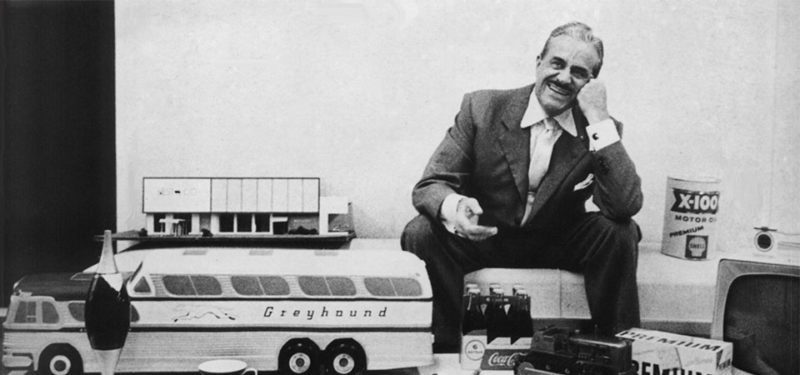

Delighted by the look of Air Force One, Kennedy granted Loewy’s request for a meeting on May 13, 1963. During the meeting and a second held a day later, the men discussed improving the visual image of the federal government and Kennedy suggested the Coast Guard as an appropriate agency to start with. Soon after, the design firm of Raymond Loewy-William Snaith, Incorporated, received a contract for a 90-day feasibility study and, in January 1964, the firm presented its findings to Coast Guard leadership.
With its experience in designing industry trademarks, Loewy recommended the Coast Guard adopt an identification device like a commercial trademark. The firm believed the symbol must be easily identifiable from a distance, easily differentiated from other government or commercial emblems, and easily adapted to a wide variety of vessels and aircraft.
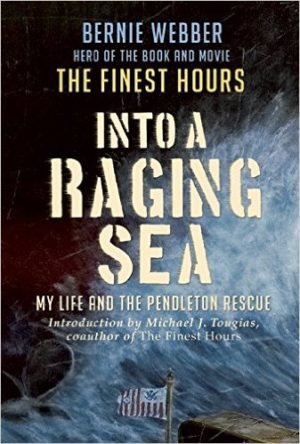

The Coast Guard established an ad hoc committee to work with Loewy on the project and, on June 19, 1964, the Coast Guard signed a contract to “accomplish studies, prepare design efforts and make a presentation of a comprehensive and integrated identification plan for the U.S. Coast Guard.”
On March 21, 1965, during an all-day session, representatives from Loewy presented their findings to the service and on the same day Coast Guard chief of staff, Rear Adm. Paul Trimble, agreed to proceed with the “Integrated Visual Identification System.”
During the development process, Loewy selected a wide red bar to the upper right of a narrow blue bar canted at 64 degrees and running from right to lower left. The team used its own stylized version of the traditional Coast Guard emblem for placement on the center of the red bar. The overall design came to be known as the “Racing Stripe” or “Slash” emblem.
Racing Stripe design was tested on cutters and facilities in Florida due to milder weather conditions and the wide variety of sea assets stationed there. The prototype Slash was affixed to the cutters Diligence and Androscoggin, a buoy tender, vehicles, and buildings at Base Miami. At North Carolina’s Air Station Elizabeth City, the Slash was affixed to an HH-52 “Seaguard” helicopter, HU-16 “Albatross” amphibian and HC-130 “Hercules” turbo-prop aircraft.
During the prototyping process, the Coast Guard’s selection committee had decided against the Loewy stylized shield and opted for the service’s traditional shield emblem instead. While the plan received the stamp of approval, details had to be ironed out over several months. By early spring 1967, most outstanding issues had been resolved, including the type-font for lettering and specific paint color specifications. On April 6, 1967, Commandant Edwin Roland issued Commandant Instruction 5030.5, which ended four years of study and experimentation and ordered service-wide implementation of the Integrated Visual Identification System.


Adoption of the Racing Stripe met with resistance from the Coast Guard’s service culture. However, over the course of the late 1960s and early 1970s, the symbol spread to every maritime and aviation asset in the service. By 1975, the Coast Guard’s sail training ship Eagle remained the last asset not sporting the emblem. Traditionalists believed the Racing Stripe would destroy its classic lines but, with preparations underway for Operation Sail 1976 to celebrate the nation’s Bicentennial and Eagle to serve as the host ship, Coast Guard leadership saw an opportunity to present the service’s brand identity to the world and distinguish Eagle from the other tall ships.
The Racing Stripe received a public stamp of approval when CBS news anchor Walter Cronkite singled out Eagle and its Racing Stripe logo with approving remarks.
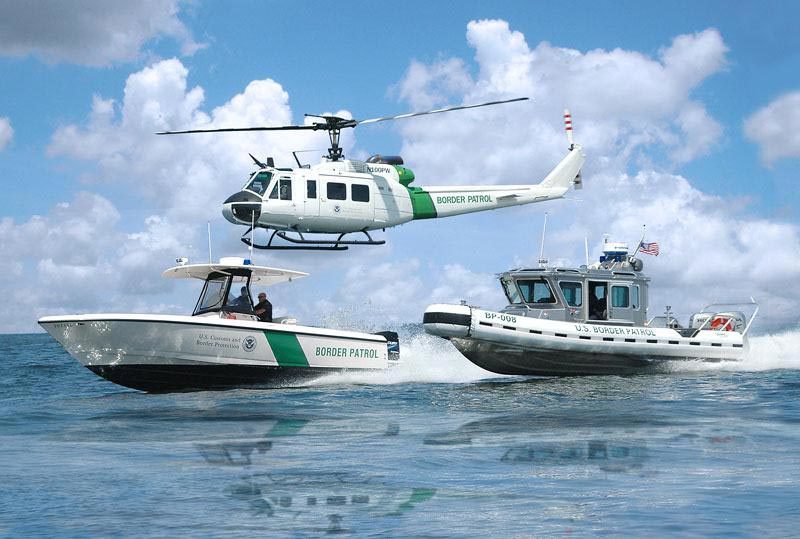

The Integrated Visual Identification System stands as the most successful branding program of a federal agency in U.S. history. Since the 1970s, the Coast Guard Racing Stripe design has been painted on assets not commonly associated with the service. With alterations in coloration and angle, the Racing Stripe has been adopted as the symbol for sea service vessels at the federal and municipal levels throughout the U.S., and for scores of foreign coast guards.
Thanks to a visionary president, talented industrial designers and Coast Guard leaders who saw the importance of a service brand identity; the assets of the Coast Guard are now easily identified by millions of individuals world-wide who share a connection to the sea.
This article was originally written for USCG Compass by Diana Honings, USCG
Join the gCaptain Club for curated content, insider opinions, and vibrant community discussions.
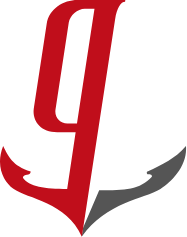

Join the 110,264 members that receive our newsletter.
Have a news tip? Let us know.
Access exclusive insights, engage in vibrant discussions, and gain perspectives from our CEO.
Sign Up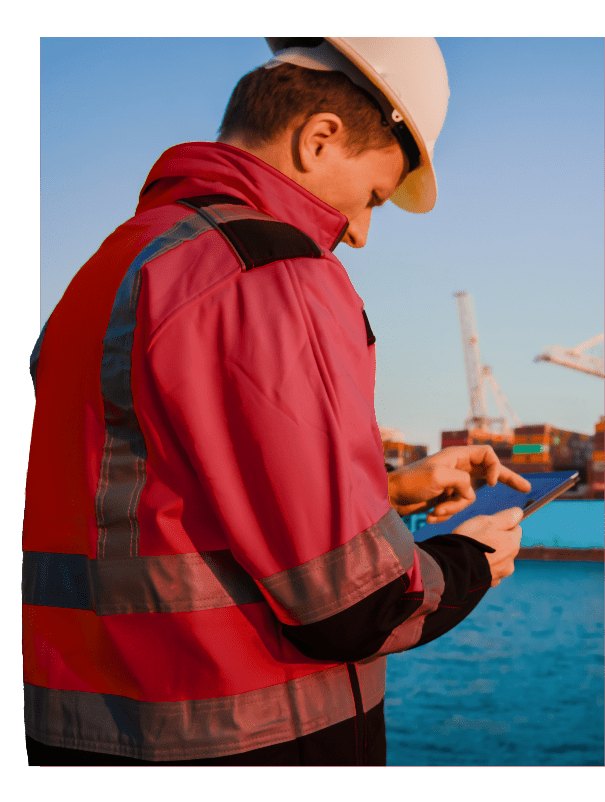




Maritime and offshore news trusted by our 110,264 members delivered daily straight to your inbox.



Essential news coupled with the finest maritime content sourced from across the globe.
Sign Up